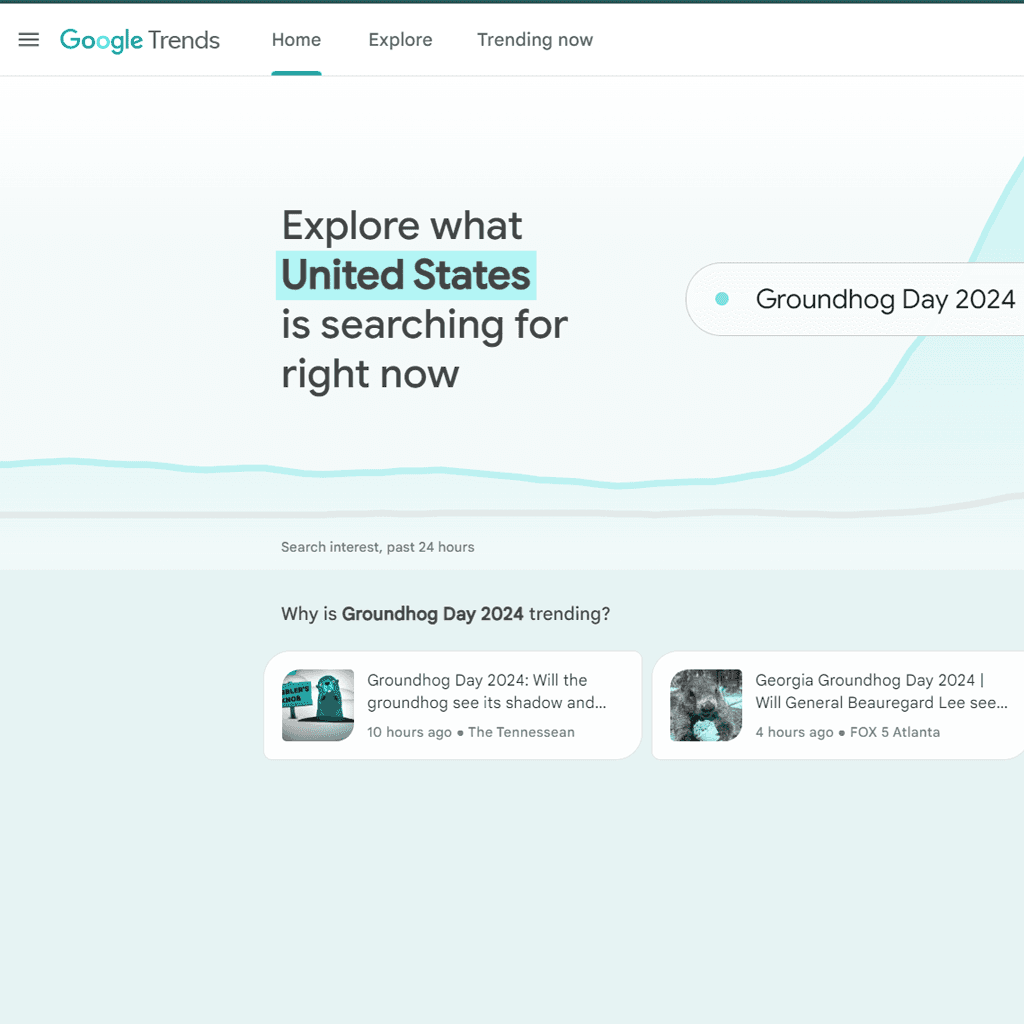If you don’t think of adding optimized copy to your ecommerce category landing pages as a sexy marketing exercise, it’s time you did. Just as I explained how optimized product description page (PDP) copy helps your fantastic sweatshirts or salty snacks climb higher on the search engine results page (SERP) list, so will the best optimized category landing page copy help drive traffic to your product categories. And when you take care to get inside your customers’ heads in your copy block and FAQs composition, it’ll help them ‘convert’—in other words, click add to cart and proceed to checkout! This is a standard marketing exercise for us every day of the week. We’ll show you how it’s done and explain how our category SEO strategy has evolved in recent years.
Write Optimized Category Copy That Speaks to Buyer Intent
Getting inside a customer’s head—figuring out buyer intent—has never been more important for marketing copywriting than it is now. Notably, buyer intent is becoming more important than search volume in choosing target keywords and queries for optimizing product category landing page copy. Not so long ago, we were routinely identifying medium-tail target keywords and key queries to add to landing pages if we found reasonable search volume for them, and if they were generally related to the category. These days, we’re more focused on actually helping users convert, and fretting less about the actual search volume of the target keywords.
Why? The short answer is, because the search engines are much more attuned to actual human behavior now than they were in recent years.
Using the See → Think → Do → Care Approach on Category Pages
The see, think, do, and care approach developed by Google’s “digital marketing evangelist” Avinash Kaushik has been around for a while, but you may have seen it expressed using different terms, for example
- Attention → Interest → Desire → Action
- Awareness → Consideration → Purchase → Loyalty
These are just different ways of showing where your customer is on their buying journey, or where they are in the “funnel”—a term we marketers are in love with. In marketing-speak, TOFU (not the soy-based protein) describes your “top-of-funnel” customer who’s just starting to gather some data points. This is your “largest addressable qualified audience.” Your BOFU customers are at the bottom of the funnel, meaning they’re ready to buy something. The graphics below illustrate these points along the continuum, as they relate to the see → think → do → care paradigm:

And here’s our real-world example:

The best category landing page copy helps the customer move from the top to the bottom, where they’ll convert. No wonder Google calls Kaushik an evangelist. And if you treated your customers well and they loved the sweatshirt or the salty snacks—or their tricked-out new grill—you’ll have earned their loyalty as returning customers. So your main objectives in copy composition ought to be writing to where your customers are in their journey and helping them get them to the BOFU.
Focus on Thinkers and Doers in Category Copy Composition
Why? Because they’re closest to making a purchase. The Thinker has arrived at a page of barbecue grills he’s had on his mind for the last few weeks, ever since his neighbor showed off his fancy, multifunctional grill at the block party. His own grill is showing signs of age, and now he’s really noodling about the prospect of replacing it. The Doer has done some research, read user reviews, and knows what he wants. He’s sitting in front of his laptop with a fresh cup of coffee at his elbow and his hand on the mouse, poised to click ‘add to cart.’
You want to help him decide to complete the transaction. So your category copy ought to have targeted potential queries to use within the language itself, and in the headers or FAQs on the page, that are focused on what your shopper really needs to know. In the past we might have identified ‘how to clean a barbecue grill’ as just dandy target keywords for a category of grills based on search volume alone, but ‘how to clean’ doesn’t really help the guy who’s deciding ‘whether to buy,’ so that old-style query is no good here.
Note: The old-style query is plenty good for another kind of landing page, maybe a blog or a resource guide that addresses informational queries—searches for specific answers to questions like, how do I clean my barbecue grill? These will be important for folks at the “Care” point on the buying continuum outline above. It might also draw in others out there in the ether who want the answer to this question, which in turn might result in conversions if those new users follow internal links to product category pages.
But here, we’ll lean on keywords that target transactional queries—searches that help our grill shopper make a purchasing decision. These queries may or may not have heavy monthly search volume (or maybe the volume varies by season), but will definitely give him something to chew on. Examples include
- What kind of grill should you buy for a small patio?
- How large should a grill be for entertaining?
- Where can I find the best barbecue grill? (Answer: Right here!)
If your optimized copy block and / or FAQs section effectively answers these questions, it has a much better chance of showing up at the top of the SERP, and then nudging your shopper exactly where you want them to be: down, down, down at the bottom of the funnel.
Tip: A trend we’re seeing is generative AI results muscling into the SERP for TOFU queries (or as my colleague Jeremiah Greco likes to say, average intelligence queries and results). This makes your target queries based on specific knowledge ever more attractive for allocating SEO resources instead of on broad keywords aimed at TOFU users. Going a step further, high-quality copy that hews to Google’s standards for Experience, Expertise, Authoritativeness, and Trustworthiness—E-E-A-T—is more likely to win your web pages high positions in the SERP.
Crafting Killer Category Copy
Now we get to the sexy bit of this exercise. Once you research keywords using a planner tool or even a low-tech SEO method, and identify the target terms and questions your customers are probably asking, you’ll work them into your headers (headlines), perhaps the copy block itself, and certainly into a FAQs section. Here is one example that shows effective category optimization that will help search engines drive traffic to the landing page, and will help customers nearing the BOFU make a buying decision. The category is ‘bamboo fly-fishing rods.’ The target keywords and semantic variations of them are represented within the red boxes, and the copy block even includes some information-rich details in the blue boxes that might help a buyer who’s thinking about buying a bamboo fishing rod by “answering” the queries, what fish species? and where to cast? but without spelling out the actual question:

In the example, the headline has been formatted with H2 tags, which signals to the search engines when they crawl the page that it’s relatively important. Next, let’s look at the FAQs and answers that were also implemented on this category landing page:

Notice how each question is answered succinctly and directly within the first sentence under each question (see the blue boxes). This is an effective SEO strategy for search engines and for users. When you put the question to Google directly—do bamboo fly rods age?—the engine serves this in the SERP, fairly high up in the list:

So even without clicking through, the user gets a hint at the answer, pulled directly from the FAQs section on the landing page. It’s especially helpful for a mobile user, where limited screen space won’t allow for a lengthy block of text, and in this case, the user gets an answer stat; note how Google formatted the answer Yes in boldface type. Badabing. When the user clicks through to the category page, they can read the more complete answer to the question, and they’ll even find a link to a handy page about caring for a bamboo fly rod if they want to know more.
The category copy on this page satisfies the search engine with relevant, keyword-rich (but not stuffy!) language, and it will potentially help the fly fisher sitting there in front of a screen thinking about spending upwards of several thousand dollars on a piece of fishing equipment—a very special piece of equipment. But now they’re also thinking about “heirloom quality” and “pristine craftsmanship.” Pretty sexy.
Need more help? We’re accomplished at composing superb, beautifully optimized category copy for our clients by writing to the search engines and to the end users. Or if you prefer: by leveraging best-in-class technology with the very best in human intelligence. Contact Eight Oh Two Marketing today to learn how we can do this for your website.





